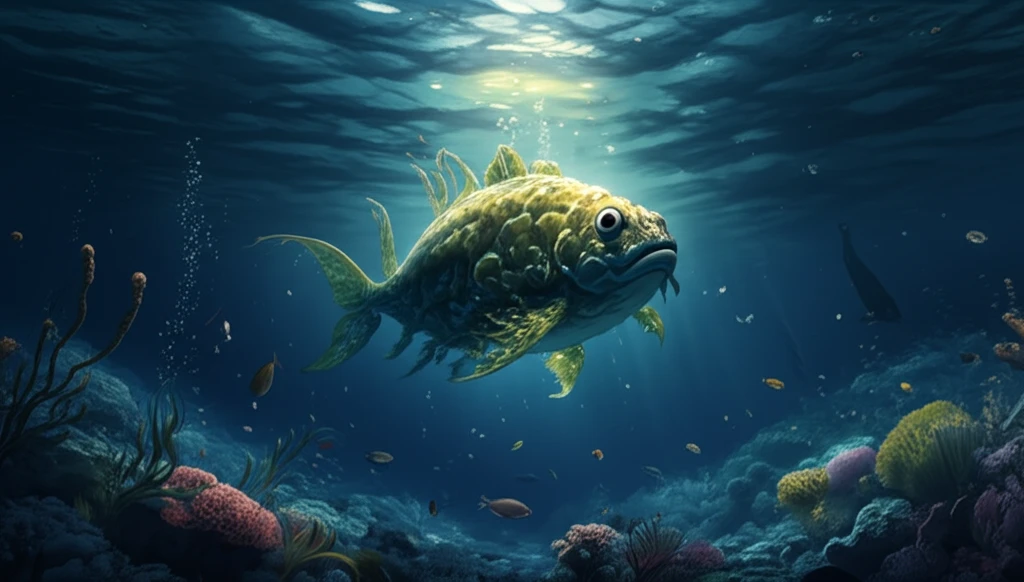
Can Algae Save Our Seas? Sustainable Fish Feed for a Healthier Planet
"Discover how marine microalgae production is revolutionizing global fisheries and aquaculture, offering a sustainable alternative to traditional fishmeal and fish oil."
The world's oceans are facing unprecedented challenges. Overfishing, habitat destruction, and climate change are threatening marine ecosystems and the livelihoods of billions who depend on them. One critical issue is the unsustainable practice of using wild-caught fish to produce fishmeal and fish oil, essential ingredients in aquaculture feed.
But what if there was a better way? A solution that not only reduces pressure on wild fish populations but also provides a more sustainable and environmentally friendly source of nutrition for farmed fish? The answer may lie in the microscopic world of marine microalgae.
Recent research suggests that commercial production of marine microalgae could revolutionize the aquaculture industry, offering a viable and sustainable alternative to traditional fishmeal and fish oil. Let's dive into the details of this game-changing innovation.
Why Microalgae Could Be the Future of Fish Feed

Fishmeal and fish oil are traditionally produced by rendering approximately 30% of the wild fish catch. However, with global fish catch reaching its maximum sustainable yield in the 1980s, annual production has stagnated at around 5-6 million tonnes of fishmeal and 1 million tonnes of fish oil. As the aquaculture industry continues to expand, demand for these ingredients is soaring, driving up prices and exacerbating the strain on marine resources.
- Nutritional Powerhouse: Marine microalgae boast a balanced amino acid profile and are a natural source of n-3 HUFAs, making them an ideal replacement for fishmeal and fish oil.
- Sustainable Solution: Commercial microalgae production can significantly reduce pressure on wild fish populations, promoting a more sustainable aquaculture industry.
- Economic Viability: Large-scale algae production facilities can generate substantial revenue and net income, making them an attractive investment opportunity.
- Environmental Benefits: Microalgae production can lower greenhouse gas emissions compared to traditional fishmeal production, contributing to a healthier planet.
A Sea Change for Sustainability
By embracing marine microalgae as a sustainable alternative to traditional fishmeal and fish oil, we can reduce fishing pressure, restore marine ecosystems, and ensure a more secure and sustainable food future for generations to come. It's time to turn the tide and invest in the potential of microalgae to save our seas.
